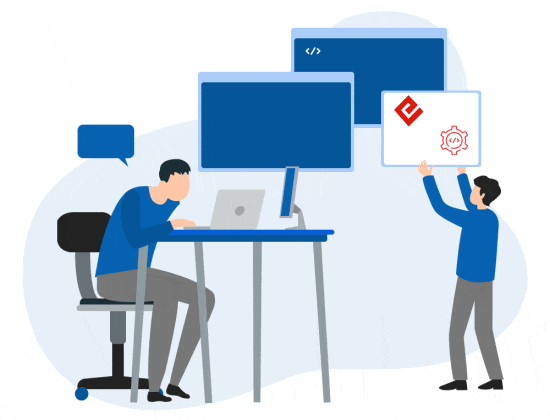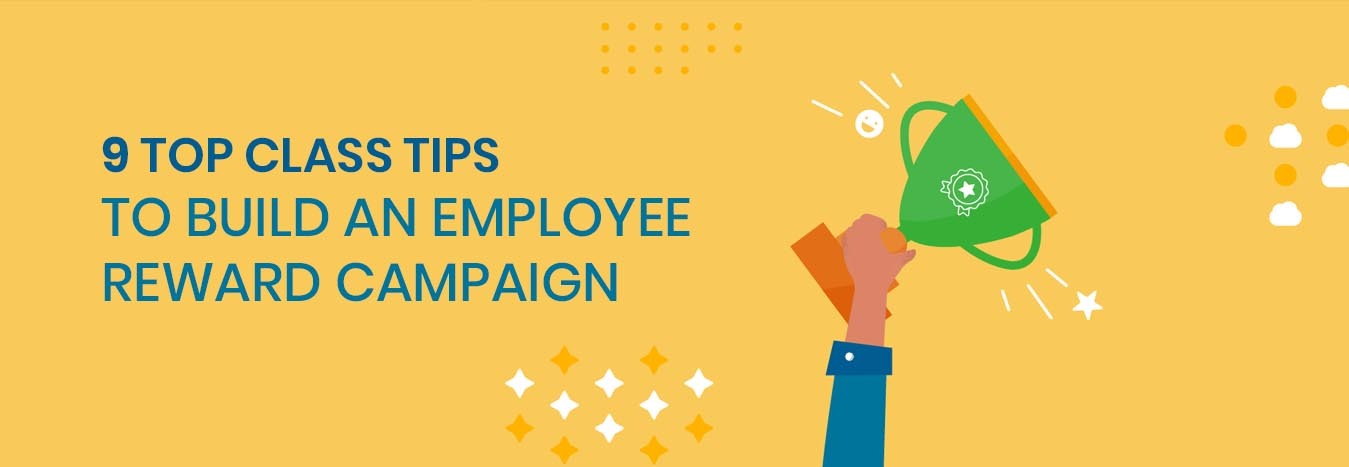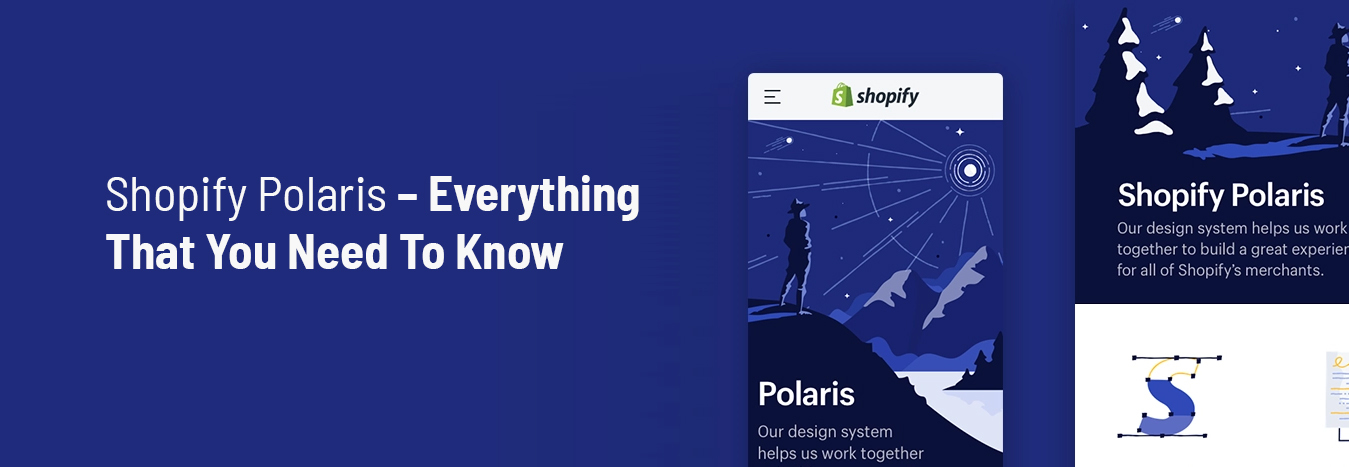THE ONGOING CHALLENGE OF B2B MULTI-CHANNEL ATTRIBUTION
B2B marketers have long struggled to demonstrate results along the complex path from a campaign investment on Shopify app development, to a sales lead, to a closed revenue deal. Digital campaign channels make things easier on the front end. While Shopify app development, we can simply track a click to a lead with confidence. But once the lead goes to a sales team for follow-up, attribution becomes trickier.
To add to the complexity, B2B marketing involves multiple targets in a single account of Shopify app development, with multiple touches through myriad channels online and offline over a few months and years. When a marketing-generated lead is finally closed and the revenue can be determined, it’s just about impossible to say what touch, through what channel and when that impacted the sale.
To make matters worse, the sales team will argue that they were already in the account, and marketing deserves no credit for the deal. But let’s not go there.
Without some kind of attribution system, marketers can’t confidently determine what worked and what didn’t, and make fact-based decisions about the most effective future marketing investments.
So, there’s the problem. But what’s the solution? Here are 7 methods for connecting an eventual sale to an earlier marketing investment. Each method has its strengths and weaknesses. None is perfect. Have a look, and see if one or more of these can bring some order to the chaos, and give marketing some credit for driving revenue.
-
A CLOSED LOOP PROCESS
A close loop system tries to track each qualified lead to its end result, whether closure, rejection or loss to the competition. This means considerable expense and tedium, like contacting the sales person individually to ask for reporting on the results. Modern tools like DreamData.io are trying to bring fresh thinking to this process, beginning with the early digital touches. Closed loop works best on high-value products and services. But it usually under-reports results, so it must be supplemented by other techniques.
9 TOP CLASS TIPS TO BUILD AN EMPLOYEE RECOGNITION PROGRAM
-
END USER SAMPLING
Survey end users who were promoted in the campaign to ask what they bought—and maybe through which channel, and how much they paid. Keep it about “did you buy,” and resist the temptation to gain more marketing insights. This relatively inexpensive and reliable method can provide excellent results, and it neatly overcomes the problem of underreported sales from channel partners. I remember one case from my IBM days that uncovered 3X the campaign revenue versus what was measured by the closed loop process. Be sure you have your statisticians bless your survey methodology. Also, budget for the expense of surveying, and be careful not to annoy any given customer with too many survey requests.
-
DATA MATCH-BACK
Analyzing the sales into accounts that have been promoted is a long-standing technique, which particularly suits high-volume campaigns. It doesn’t work for sales via distribution channels, unless you can persuade channel partners to share revenue data from their end-user accounts. It records all sales into the account, and is thus likely to overstate the sales that result from any particular campaign. Politically, it’s dangerous for marketers to make large claims for campaign sales results. All that does is alienate the sales force, who are convinced it was entirely their skill and persistence that got the business. My advice to marketers is to claim the revenue as an ‘assist’ instead of a sale.
HOW TO LOOK UP FOR NEW BUSINESS OPPORTUNITIES?
-
CONTROL GROUPS
This is the ideal solution in a direct-selling environment, but just about impossible to implement in our complex multi-touch, multi-channel world. A control group sets aside a set of customers who won’t see the campaign, and compares sales in these accounts versus a set of similar accounts who were promoted. This can work pretty well for long-term, multi-tactic programs, like loyalty programs. But for most campaigns that use multiple media, it’s very hard to fence off any customer set reliably. Beyond the mere executional issues, it’s hard to justify leaving money on the table by suppressing any high-potential prospects.
-
EXCLUSIVE OFFERS
When you can create an offer that is only promoted in that campaign, all the sales can be credibly attributed to the campaign itself. Similarly, coupons redeemable through distribution channels but funded by the marketer allow reliable tracking of campaign results. This is best suited to single-tactic campaigns for products with short sales cycles.
HOW TO DEVELOP AND LAUNCH A NEW PRODUCT IN THE MARKET?
- PRODUCT REGISTRATION
Here’s the ultimate end-user sampling technique. Most registration systems ask the customer to indicate where or when they bought, and some ask what influenced their purchase decision. But it’s hard to link registration questions back to specific campaigns without an elaborate string of questions, and too many questions will reduce registration rates.
-
LEADS-ONLY MEASUREMENTS
When other techniques are too expensive or too problematic to justify, you may opt to measure only your lead-generation activities specially those occurring before the hand-off to sales, such as response rate, conversion rate to qualified lead, cost per lead, campaign executed on time, on budget, and others. Also try attribution modeling for at least some insight on multi-touch digital marketing investments.
Well, if you want to know more about Shopify app development or wish to read some latest blogs and news related to the e-commerce market, simply visit Shopifyninja today!






0 Comments